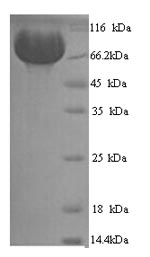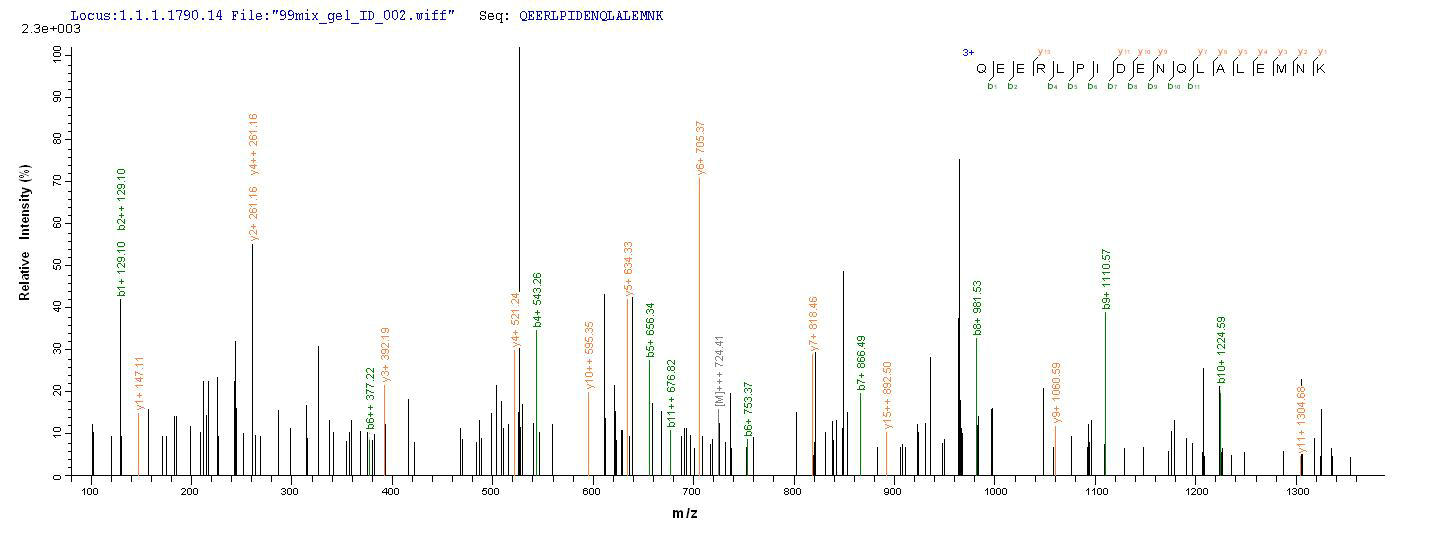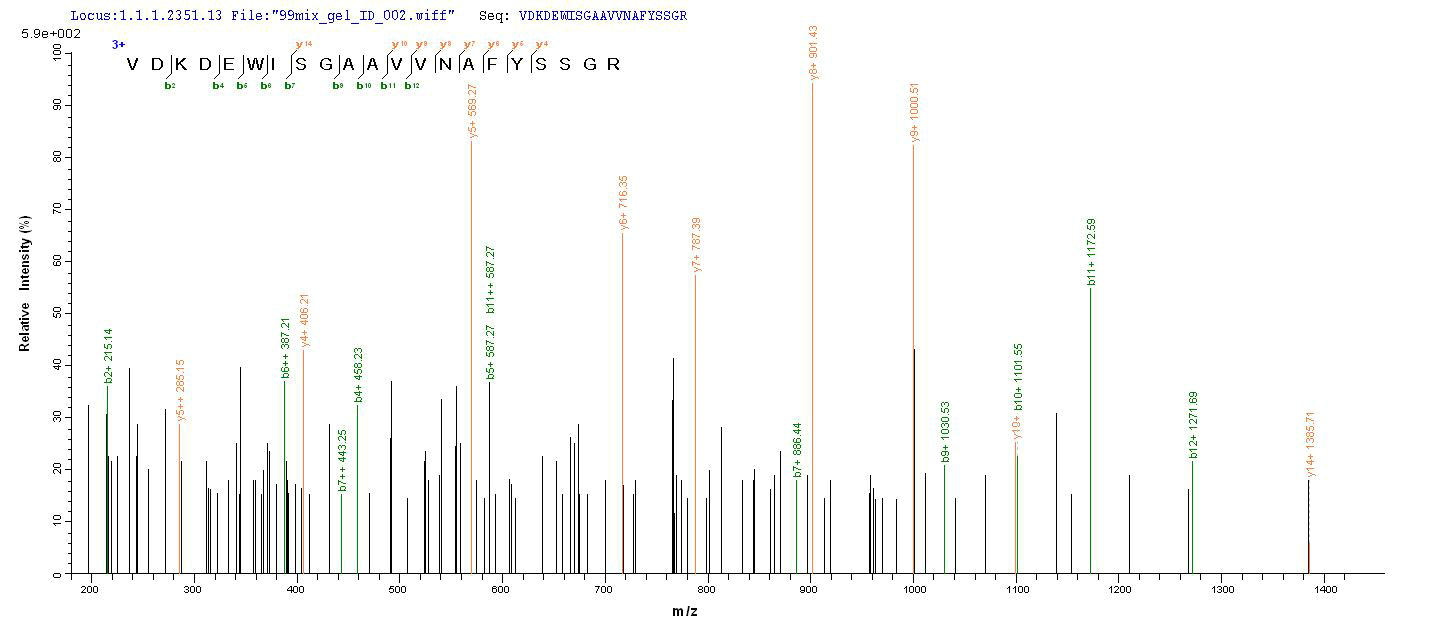Presenting our premium Recombinant Human MME protein, an essential tool for researchers focused on cancer studies. Neprilysin (CD10) is expressed in yeast, and this recombinant protein encompasses the extracellular domain (52-750aa), providing superior performance for a wide range of applications in cancer research.
Engineered with an N-terminal 6xHis-tag, our Recombinant Human MME protein allows for seamless purification and detection. Boasting a purity of greater than 90% as determined by SDS-PAGE, you can confidently rely on the exceptional quality of this protein to enhance your cancer research endeavors. Available in both liquid and lyophilized powder formats, choose the most suitable form to meet your experimental needs and optimize your research workflow with our Recombinant Human MME protein.








